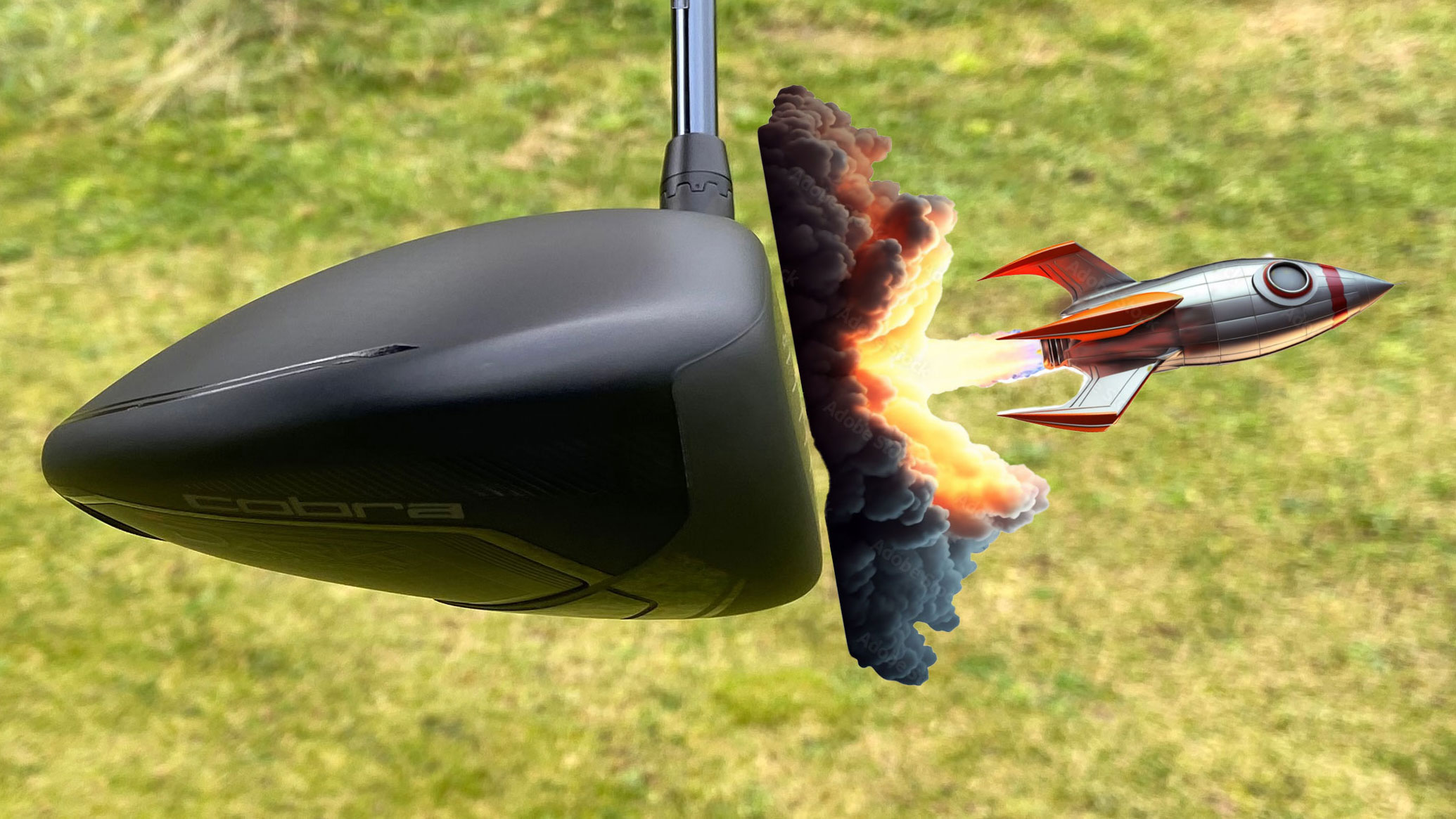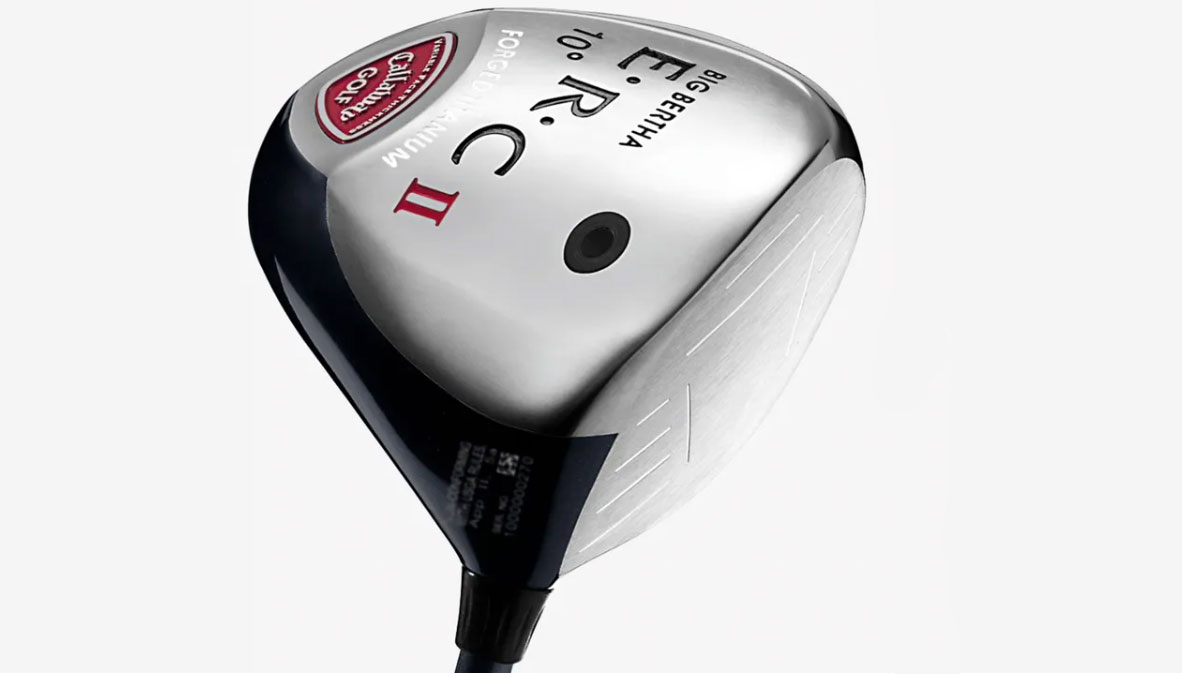
A phrase that has become a common one in golf, we explain the exact meaning here.
What Does COR Mean In Golf?
COR is an acronym that has quickly become a normal part of golf's language and it stands for 'Coefficient of Restitution.' It will have a direct effect on your ability to generate ball speed and distance, so is well worth understanding particularly when looking to invest in one of the best drivers or best fairway woods.
What does that actually mean?
The coefficient of restitution is a term that describes levels of energy transferred between two colliding objects.

For example, the COR figure for Object A is a precise measurement of Object A's ability to transfer energy to Object B when the two collide. So when we think of this in terms of golf, Object A would be the golf club and Object B is the golf ball.
In terms of quantifying these numbers, the figure generated is between 0.000 which would signify that all the energy has been lost, and 1.000 which signifies all the energy has been transferred. The perfect 1.000 figure is impossible to achieve due to the fact the club and ball are made from different materials and have different mass properties. Sir Isaac Newton developed the theory and mathematics of COR back in the 17th century.

Generally speaking, a higher COR equates to more ball speed due to higher energy transfer, which explains why the R&A and USGA have placed limits on it. Back in the 1990s and 2000s, there were no limits, and with the introduction of ultra-thin, springy faces on drivers in particular, ball speeds and distances were rising significantly with drivers such as the Callaway ERC amongst others, which forced the governing bodies' hands into implementing limits and testing. The increasing COR phenomenon was dubbed 'the trampoline effect' around that time.
At the time of writing the current limit on COR is 0.830 which means that a maximum of 83% of the energy from the club face can be transferred into the ball. Anything that goes over that is ruled non-conforming under the rules of golf.

It should be acknowledged though that the USGA and R&A do not use COR as a measurement to measure drivers anymore, they instead use CT or 'characteristic time'. Driver testing is commonplace on the DP World and PGA Tours, and there have been numerous cases of drivers being taken out of play on the eve of an event following failed CT tests.
COR is still used to measure fairways, hybrids, and irons though, and club manufacturers are constantly looking for new ways to make the energy transfer from club to ball more efficient.







